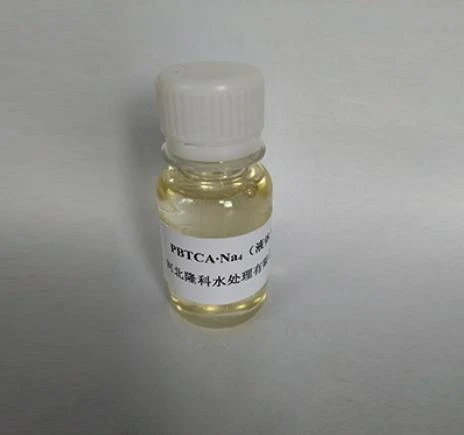Synthesis and Applications of Polycarboxylic Acids in Modern Chemistry and Industry
The Significance of Polycarboxylic Compounds in Modern Chemistry
Polycarboxylic compounds are a fascinating class of organic molecules characterized by the presence of multiple carboxylic acid functional groups (-COOH). These compounds play an essential role in various fields, including organic chemistry, materials science, and biochemistry. Understanding their structure, properties, and applications provides insight into their vital significance in both industrial and biological processes.
Structural Features and Properties
The defining feature of polycarboxylic compounds is their multiple carboxylic groups, which can significantly alter their chemical behavior and properties. Common examples include citric acid, tartaric acid, and succinic acid, each of which contains two or more carboxylic acid groups. These compounds often exhibit strong acidic properties due to the ability of the carboxylic groups to donate protons (H⁺) in solution, making them essential in acid-base chemistry.
The presence of multiple carboxylic groups also allows for the formation of hydrogen bonds and facilitates the solubility of polycarboxylic acids in water. The degree of ionization of these acids in aqueous solution varies with pH, impacting their reactivity and interactions with other molecules. This property is particularly relevant in biochemical systems where pH levels fluctuate, influencing metabolic pathways and enzyme activity.
Applications in Industry
Polycarboxylic acids are integral to various industrial applications. They are crucial in the formulation of polymers, detergents, and pharmaceuticals. One notable application is in the production of polycarboxylate superplasticizers, which are used in concrete to improve workability and reduce water content. These compounds enhance the performance of construction materials, resulting in stronger and more durable concrete.
In the textile industry, polycarboxylic acids serve as effective dyeing auxiliaries, improving the adhesion of dyes to fabrics. Their ability to form complexes with metal ions also makes them valuable in waste treatment processes, where they help stabilize heavy metals and facilitate their removal from wastewater.
polycarboxylic

Additionally, polycarboxylic compounds are used in food chemistry. For instance, citric acid is a widely used preservative and flavoring agent due to its tart taste and ability to chelate metal ions, thereby preventing spoilage. These compounds also play a role in enhancing the stability and efficacy of various medications in pharmaceuticals.
Role in Biochemistry
In biological systems, polycarboxylic acids are essential for various metabolic processes. Citric acid, a key component of the citric acid cycle (Krebs cycle), is crucial for energy production in aerobic organisms. This cycle plays a pivotal role in cellular respiration and the generation of adenosine triphosphate (ATP), the energy currency of cells.
Furthermore, polycarboxylic acids can act as signaling molecules in plant processes. For example, they play roles in auxin metabolism, influencing plant development, growth, and responses to environmental stimuli. The regulation of these acids is crucial for maintaining homeostasis within living organisms.
Conclusion
Polycarboxylic compounds are a vital component of modern chemistry, with diverse applications spanning industrial and biological fields. Their unique structural features, including multiple carboxylic acid groups, impart distinctive properties that facilitate their use in various processes. From enhancing construction materials to playing critical roles in biochemical pathways, polycarboxylic acids are indispensable in our chemical landscape.
As research continues to expand our understanding of these compounds, we can anticipate the development of new applications and technologies that leverage their remarkable properties. With ongoing innovations in materials science and biochemistry, the importance of polycarboxylic compounds is likely to grow, impacting our daily lives and the environment in meaningful ways.
-
lk-319-special-scale-and-corrosion-inhibitor-for-steel-plants-advanced-solutions-for-industrial-water-systemsNewsAug.22,2025
-
flocculant-water-treatment-essential-chemical-solutions-for-purification-processesNewsAug.22,2025
-
isothiazolinones-versatile-microbial-control-agents-for-industrial-and-consumer-applicationsNewsAug.22,2025
-
scale-inhibitor-key-solutions-for-water-system-scale-preventionNewsAug.22,2025
-
organophosphonates-versatile-scale-inhibitors-for-industrial-water-systemsNewsAug.22,2025
-
scale-and-corrosion-inhibitor-essential-chemical-solutions-for-water-system-maintenanceNewsAug.22,2025





